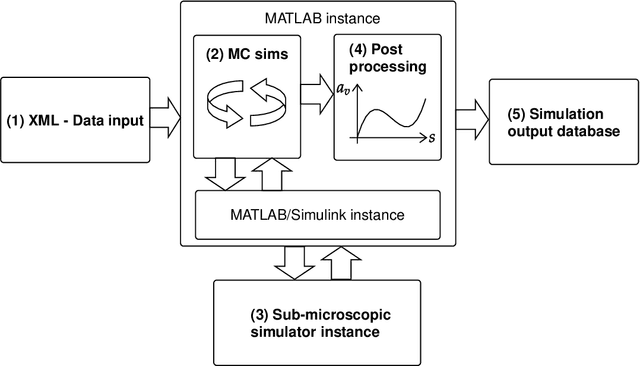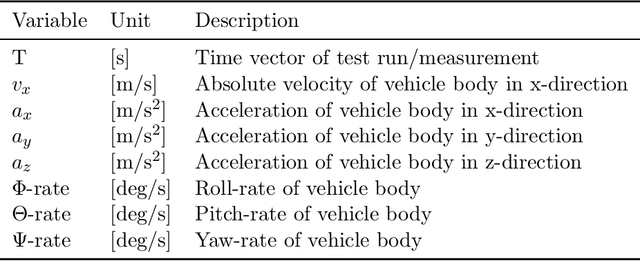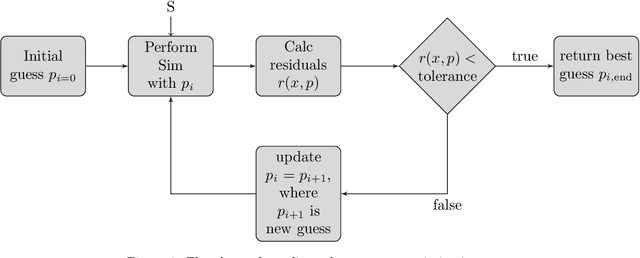Critical ride comfort detection for automated vehicles
Paper and Code
Jul 27, 2021



In a future connected vehicle environment, an optimized route and motion planning should not only fulfill efficiency and safety constraints but also minimize vehicle motions and oscillations, causing poor ride comfort perceived by passengers. This work provides a framework for a large-scale and cost-efficient evaluation to address AV's ride comfort and allow the comparison of different comfort assessment strategies. The proposed tool also gives insights to comfort data, allowing for the development of novel algorithms, guidelines, or motion planning systems incorporating passenger comfort. A vehicle-road simulation framework utilizable to assess the most common ride comfort determination strategies based on vehicle dynamics data is presented. The developed methodology encompasses a road surface model, a non-linear vehicle model optimization, and Monte Carlo simulations to allow for an accurate and cost-efficient generation of virtual chassis acceleration data. Ride comfort is determined by applying a commonly used threshold method and an analysis based on ISO 2631. The two methods are compared against comfort classifications based on empirical measurements of the International Roughness Index (IRI). A case study with three road sites in Austria demonstrates the framework's practical application with real data and achieves high-resolution ride comfort classifications. The results highlight that ISO 2631 comfort estimates are most similar to IRI classifications and that the thresholding procedure detects preventable situations but also over- or underestimates ride comfort. Hence, the work shows the potential risk of negative ride comfort of AVs using simple threshold values and stresses the importance of a robust comfort evaluation method for enhancing AVs' path and motion planning with maximal ride comfort.
 Add to Chrome
Add to Chrome Add to Firefox
Add to Firefox Add to Edge
Add to Edge